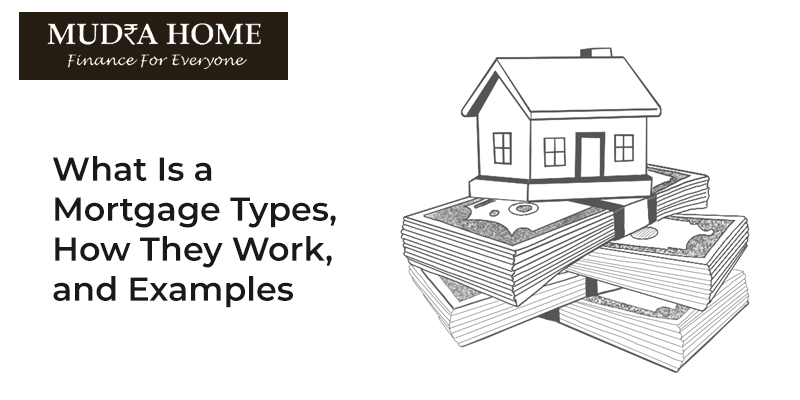
A mortgage is a type of loan that is used to finance the purchase of a property, such as a home, land, or commercial building. The property being purchased serves as collateral for the loan, which means that the lender has the right to seize the property if the borrower fails to repay the loan as agreed. Mortgages are typically repaid over a period of many years, with regular payments that include both principal and interest.
There are several types of mortgages available, each with its own unique features and benefits. Some common types of mortgages include:
Fixed-Rate Mortgages: With a fixed-rate mortgage, the interest rate remains the same for the entire term of the loan. This means that the borrower’s monthly payments will remain consistent and predictable, which can be helpful for budgeting and financial planning.
Adjustable-Rate Mortgages: An adjustable-rate mortgage (ARM) has an interest rate that can fluctuate over time based on market conditions. These loans typically start with a lower interest rate than fixed-rate mortgages, but the rate can increase over time, which can make payments more unpredictable.
Government-Backed Mortgages: The U.S. government offers several mortgage programs to help make homeownership more accessible and affordable for certain groups of people, including veterans, low-income families, and first-time homebuyers.
Jumbo Mortgages: A jumbo mortgage is a type of loan that is used to finance a property that is priced higher than the conforming loan limits set by the government-sponsored entities Fannie Mae and Freddie Mac.
Balloon Mortgages: With a balloon mortgage, the borrower makes smaller monthly payments for a set period of time, typically five to seven years. At the end of this period, the borrower must make a large, lump-sum payment to pay off the remaining balance of the loan.
When applying for a mortgage, borrowers will need to provide detailed information about their income, credit history, and employment status. The lender will use this information to determine how much money the borrower can borrow and at what interest rate. The lender will also conduct an appraisal of the property to ensure that it is worth the amount of the loan.
Once the mortgage is approved and the property is purchased, the borrower will make regular payments to the lender over the term of the loan. Each payment will include both principal (the amount of the loan that still needs to be repaid) and interest (the cost of borrowing the money). Over time, the balance of the loan will gradually decrease, and eventually, the borrower will have fully repaid the loan and own the property outright.